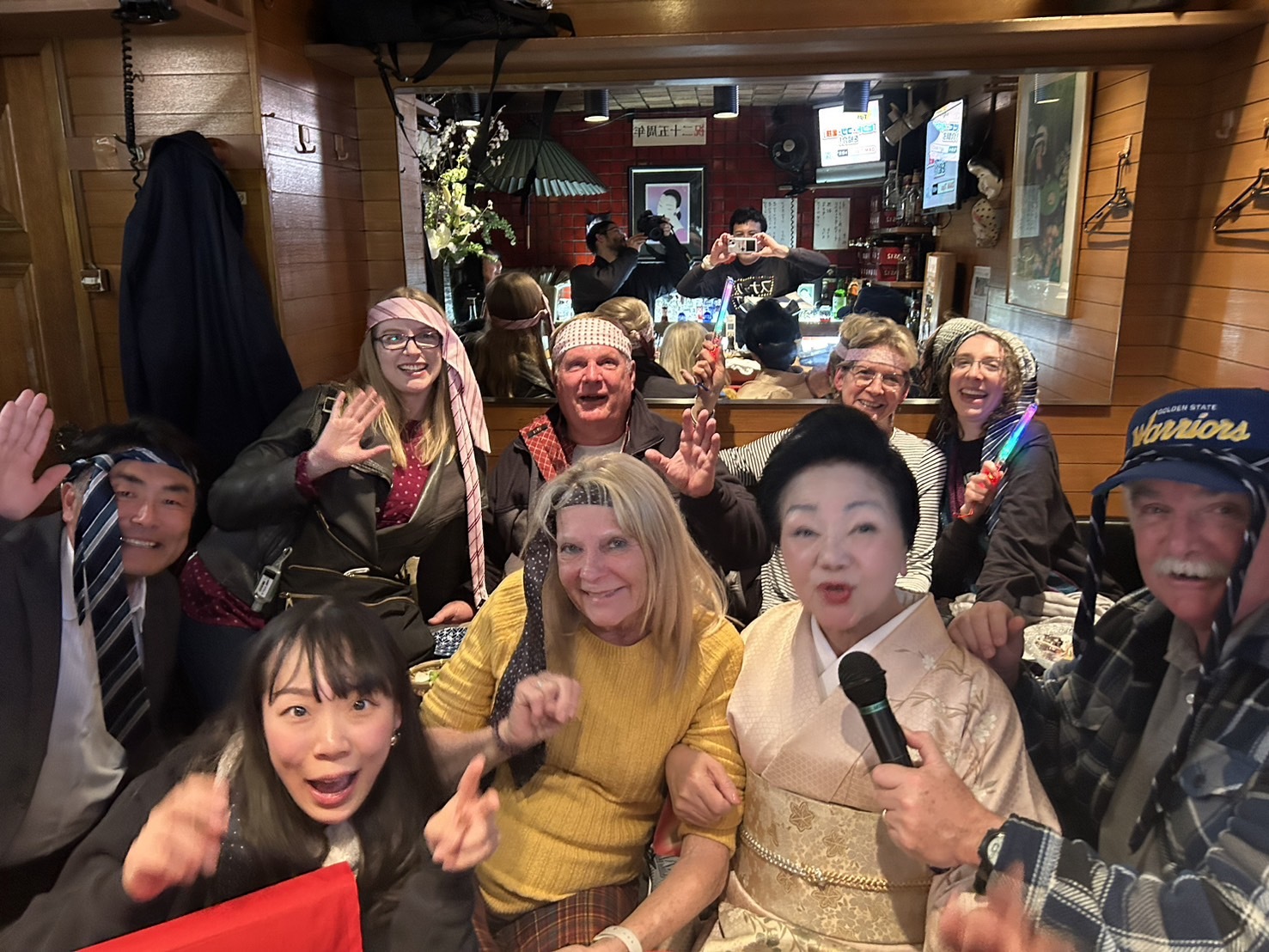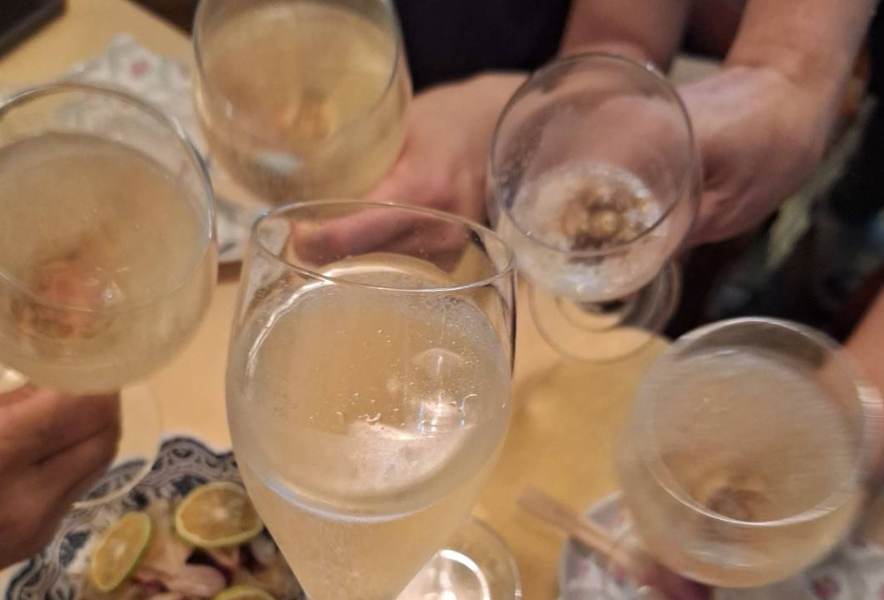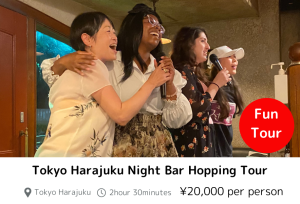With its refreshing fizz and elegant aroma, sparkling wine is the perfect companion for celebratory toasts and casual meals alike. Once reserved for special occasions, sparkling wine has now found its place on everyday tables in Japan and beyond. But have you ever wondered how those delightful bubbles are made? Let’s explore the fascinating methods behind sparkling wine production.
Contents
Traditional Method (Méthode Traditionnelle)
The traditional method is the most classic and esteemed way of producing sparkling wine, famously used in Champagne. First, still wine is bottled, and a mixture of sugar and yeast is added to initiate a second fermentation within the bottle. This fermentation generates carbon dioxide, which becomes dissolved in the wine, creating its signature bubbles.
The bottles are gradually rotated and tilted downward in a process called remuage, which collects sediment (lees) near the bottle neck. Eventually, the neck is frozen and the sediment is removed in a process called dégorgement. This labor-intensive method produces fine, persistent bubbles and complex flavors.
Charmat Method (Tank Fermentation)
The Charmat method uses large stainless steel tanks instead of individual bottles for the second fermentation. Sugar and yeast are added, and the wine is sealed in the tank to trap the carbon dioxide.
This approach allows for efficient large-scale production and is often used for light, fruity sparkling wines such as Italy’s Prosecco. Wines made with this method retain fresh aromas and are ideal for casual enjoyment.
Transfer Method (Bottle to Tank)
The transfer method is a hybrid of the traditional and Charmat methods. After secondary fermentation occurs in the bottle, the wine is transferred to a pressurized tank where sediment is removed. It is then rebottled for sale.
This method maintains some of the richness of bottle fermentation while streamlining the clarification process, striking a balance between quality and production cost.
Carbonation (Direct CO₂ Injection)
The simplest and most cost-effective technique involves injecting carbon dioxide directly into still wine—similar to making soda. This method does not involve a second fermentation and results in coarser, less persistent bubbles.
Although not as refined in flavor or texture as other methods, carbonated sparkling wines are easy to produce and often more affordable. They’re perfect for casual sipping.
Asti Method (Partial Fermentation)
The Asti method, widely used in Italy for sweet sparkling wines like Moscato d’Asti, involves halting the primary fermentation midway to retain natural sugars and produce lower alcohol levels.
By stopping the yeast activity early, winemakers preserve sweetness and fresh aromas. These wines are typically lower in alcohol and offer a soft, gentle effervescence—perfect for dessert or those new to sparkling wine.
Sweet or Dry? Understanding Sparkling Wine Styles
Sparkling wines range from bone-dry to sweet. The label often includes terms that indicate sweetness levels, such as “Brut,” “Extra Dry,” or “Demi-Sec.”
- Brut: Up to 6g of sugar per liter. The most common and food-friendly style.
- Extra Dry: Slightly sweeter than Brut.
- Demi-Sec: 32–50g of sugar per liter. Great with desserts or fruits.
- Doux: Very sweet, ideal for dessert lovers.
In Japan, sweeter styles tend to be popular, but dry sparkling wines pair exceptionally well with a wide range of dishes, including traditional Japanese cuisine.
In Conclusion: Knowing the Method Makes It More Enjoyable
The bubbles in sparkling wine are more than just a fizzy sensation—they’re the result of careful craftsmanship and methodical production. From the refined texture of the traditional method to the fruity freshness of Charmat or the sweetness of the Asti method, understanding how your wine is made adds depth to the experience.
Next time you pick up a bottle, take a moment to check how it was made. In every bubble, you might just find the story of a winemaker’s passion and precision—waiting to be discovered in your next toast.
Let’s go to Izakaya and a Japanese Snack-bar with a fun guide!!
You can enjoy many kinds of drinks at Izakaya and drinking culture Snack Bars, beloved by many but you can’t enter without a guide. You can enjoy communication with the owner and other customers, as well as singing karaoke, allowing for a relaxing time.
Most snack bars have a policy of refusing entry to foreigners. However, with a tour, you’ll have a guide, so you can enter with peace of mind.
When visiting Japan, don’t just check off the tourist spots –
dive into local experiences for an unforgettable journey!

Once you experience it, you’ll be captivated too! The charm of snack bars.

New encounters with people! The camaraderie of singing at a snack bar! Conversations with the mama-san!





